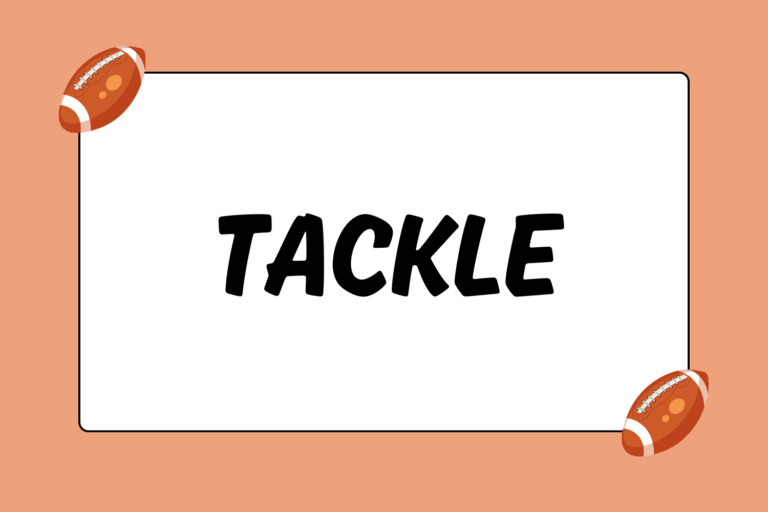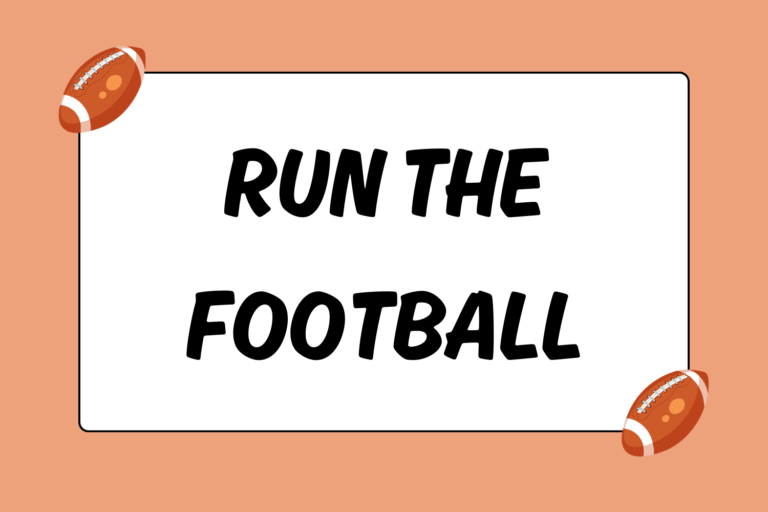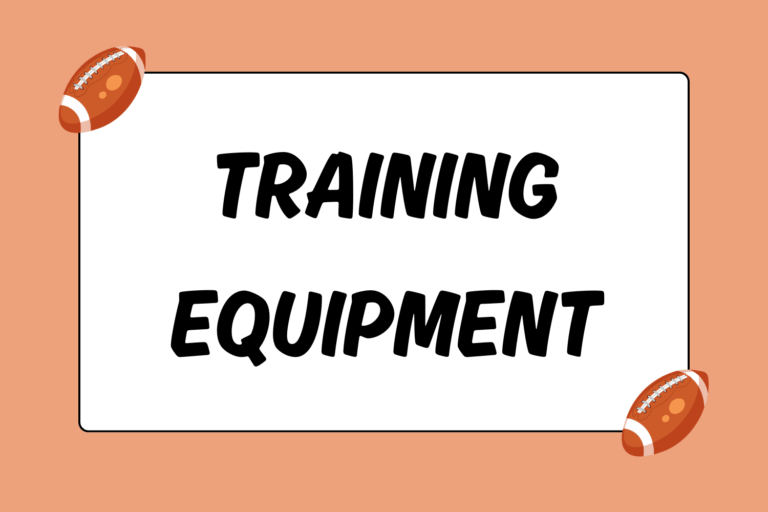Most casual football fans understand the fundamental difference between offensive players they see during the course of a game. The big guys don’t move around as much, but do a whole bunch of pushing and grappling; the smaller guys do a lot of running and either give or get the ball. People in both groups are regularly involved in violent collisions that result in at least one player hitting the ground hard. However, for all those similarities there are many different characteristics that distinguish each position in football from the others.
Though some positions are very similar in nature — like guard and tackle — each position is unique enough to warrant its own exploration. Below is a brief overview of each offensive position, including the responsibilities that are generally attached to that position and a description of the type of player most suited for it.
Offensive Positions
The purpose of all offensive players is to help their team score. Obviously the different positions have different obligations, but each is aimed at the same common objective: scoring points. Here is a bit more information about how different players carry out their respective tasks:
Linemen
O-Linemen are often the largest players on the field, both because they have to be the strongest (in order to block defensive players of all sizes) and also because the bigger they are, the larger the obstacles they become for defensive players to get around/through. They play in the center of the line of Scrimmage, and are directly responsible for helping plays develop successfully.
Depending on the play, O-linemen are responsible for two jobs: on running plays, making a hole for the ball carrier; and on passing plays, protecting the quarterback long enough to throw the ball down field. Although different plays will require different blocking schemes, those jobs are always the responsibility of the O-line.
Most O-linemen look very similar in terms of physical appearance — they’re big and tall. However, the specific duties inherent in the different positions require a slightly different skill set; for example, centers must be able to efficiently snap the ball before moving to block a defender, while guards and tackles go right to blocking. Regardless of those subtle differences, the better an O-line is at working together, the more successful they’ll be at keeping the defense at bay.
The O-Line consists of the following positions:
- Center: As the name states, the center is the middle player in the offensive line. Aside from normal blocking responsibilities, the center also snaps the ball to officially begin each play. In addition, centers are often in charge of delegating blocking responsibilities to the other offensive linemen.
- Guard:There are two guards, one on either side of the center. They also have the typical blocking responsibilities, but will occasionally be called on to ‘pull’ – meaning they turn and run behind the other linemen to block a defensive player farther down the LOS.
- Tackle:There are also two tackles, positioned outside both guards. Tackles are generally the most mobile of the offensive linemen, since they’re often responsible for blocking the quickest D-linemen (the ends). One of the two tackles also has the very important responsibility of guarding the quarterback’s blind side. For example: when making a pass, a right-handed quarterback will turn his/her body to the right, leaving their back exposed to the left. In this situation, a skilled left tackle would be required to protect the quarterback’s left side.
The main responsibility of all offensive linemen (as a group, also called the O-Line) is to block defensive players and prevent them from interrupting the play. And while different plays require different kinds of blocks, the end objective is always the same: stop defensive players.
Receivers
The main function of a receiver is to catch passes thrown by the quarterback (or in rare cases, a running back or another receiver). They also occasionally block defensive players, but even in running pass routes on a run play, they draw defenders away from the play itself. For example, when a receiver runs a pass route, the defender who covers him/her will at least start to move away from where the play is actually going, and hopefully stay with the receiver for the whole play.
There are two types of receivers:
Wide Receiver:
These players are usually among the fastest on the field. They need to have excellent hand-eye coordination to catch the ball and should have the endurance required to run/sprint during the entire course of a game. They line up varying distances away from the offensive tackle — sometimes as close as a few yards and other times as far away as the side line.
Tight End:
These players are basically a cross between an offensive lineman and a wide receiver. They’re bigger than wide receivers, but faster than linemen. Although their hand-eye coordination should be on par with most receivers, tight ends usually aren’t quite as athletic and therefore don’t make similarly spectacular catches. They spend half their time running pass routes and the other half blocking defensive players and usually line up outside of one of the offensive tackles.
Both wide receivers and tight ends catch passes and make blocks, though the pass-to-block ratio is much higher for receivers than it is for tight ends.
Backs
The term ‘back’ really just refers to players who line up in the backfield. There are two different kinds of backs—running backs and the quarterback.
Both types of players are directly involved in advancing the ball; running backs do almost all the ball running, while the quarterback is the player responsible for either giving the ball to the running back on rush plays or passing the ball on pass plays. Their arrangement in the backfield will depend on the specific play that’s called.
Here’s a breakdown of the backs positions:
Running Backs:
There are a couple different kinds of running backs: tailbacks/halfbacks and fullbacks. Both positions carry the ball, but in different situations. Tailbacks and halfbacks are usually smaller, faster and more agile than fullbacks, but they also aren’t quite as strong. Because of this, the fullback usually blocks while the tailbacks/halfbacks handle the ball during most rushing plays (although the ball may go to the fullback during short yardage situations).
Quarterbacks:
This is the most important of all the offensive positions and arguably the most important position in the game of football. The quarterback is the on-field general for the offense and responsible for calling plays, knowing when the called play needs to be changed before it begins (in other words, when to “call an audible”), handing/pitching off the ball to a running back, and making good throws to receivers. And although the play officially starts when the center snaps the ball, that (usually) doesn’t happen until the quarterback tells him to do so.
Although there’s no rule saying only running backs and quarterbacks are allowed to line up in the back field, they are almost always the only players who do so.
A Common Goal
Different positions aside, all offensive players work towards the same objective — scoring points. It becomes much easier to achieve this objective if everyone does their job:
- Linemen need to block well, opening holes for the running back and protecting the pocket
- Running backs need to run the ball quickly
- Quarterbacks need to make clean handoffs and accurate passes
- Receivers and tight ends need to catch those passes
When one group of players does their job well, it becomes easier for another group to also be successful. Working together is the key to offensive success.





